But what’s big towards geolocational element on most matchmaking programs try the automatic nature, which also things to its two fold function: not simply as a matching approach, but also as a warranting techniques
The automation of place information about cellular matchmaking apps shows that what’s found isn’t only the identification indicators that profile proprietors by themselves create. Performance that enable us to a�?check ina�? to places that individuals write our selves make area section of a performative motion wherein staying at a certain cafA� or even in a specific neighborhood is actually earnestly used to signal information on our very own character (Barkhuus et al., 2008 ; Cramer, Rost, and Holmquist, 2011 ; Patil et al., 2012 ). The automatic real-time work provides information about where individual is found at this certain minute, either by listing a standard location including an area or area (Bumble), or by calculating the length between your self while the profile you are considering (Tinder, Grindr).
The software vary in how many times they update the location: in some instances you must open up the software to upgrade the area, whilst in people the app monitors this quietly, functions that can often be altered with the confidentiality configurations on your own cellphone.
Some cell phones is developed to limit the quantity of hours an app polls freesnapmilfs for area, which means the level in the geo-tracking resides during the discussion in the middle of your cell and application. All of this increases the sense the facts points we see is less knowingly performative as self-representations compared to facts we all know from Foursquare or Twitter. As so-called warrants, they in doing this get a higher advantages. But this information furthermore comes into into a service-oriented regime of a�?software-sorted geographiesa�? (Graham, 2005 ) that not only opens up new opportunities for a�?datable subject areasa�? (Rosamond, 2018 ), additionally repeats and reinforces geographical, gender and racialized inequalities through their applications sorted geographies. Dating programs thus continuously and invisibly categorize and demarcate legal rights, benefits, inclusions, exclusions, and mobilities to such an extent that important questions need to be increased not just to the warranting techniques, but what exactly is justified (in the same way affirmed) in the design (racialized identities, ethnicities, centuries, sexualities etc.). Such software-sorted warranting mechanisms ultimately necessarily means that what realy works as an optimized structure for starters people may rise as an important hurdle for another (Superstar, 1999 , 390). Warranting as a technique to which we shall today become therefore necessitates a closer analysis.
Geolocation as warranting strategy
Within the War of Desire and innovation from the Close of the hardware era, AllucquA?re Rosanna rock ( 1995 ) defined warrants as automobiles for building and maintaining a connection between an actual personal and a discursive representation of this personal. Recently, correspondence students Joseph B. Walther and Malcolm R. areas ( 2002 ) posses transmitted this notion associated with the warrant towards online telecommunications industry, describing the guarantee as linking the personal with an online speech. Moreover, Jeffrey T. Hancock and Jamie Guillory ( 2015 , 279) have expanded the focus on warrants from the receiver views (as an approach to manufacture judgements about an on-line profile) to include how designers of online product usage warrants when creating self-presentations. Through this course features appeared understanding today known as a�?warranting concepta�?, which can be becoming increasingly important in particular inside the a lot more used fields of human-computer communication and design. Right here our company is contemplating warrants as cars for understanding geolocation as a cultural technique that negotiates the field of doubt. Appearing a lot more directly at just how warranting could be concretely determined into the style of these applications, and at the precariousness in the automation of geolocation for its be a warrant, is actually productive for knowing the spatio-temporal setting in the office.






